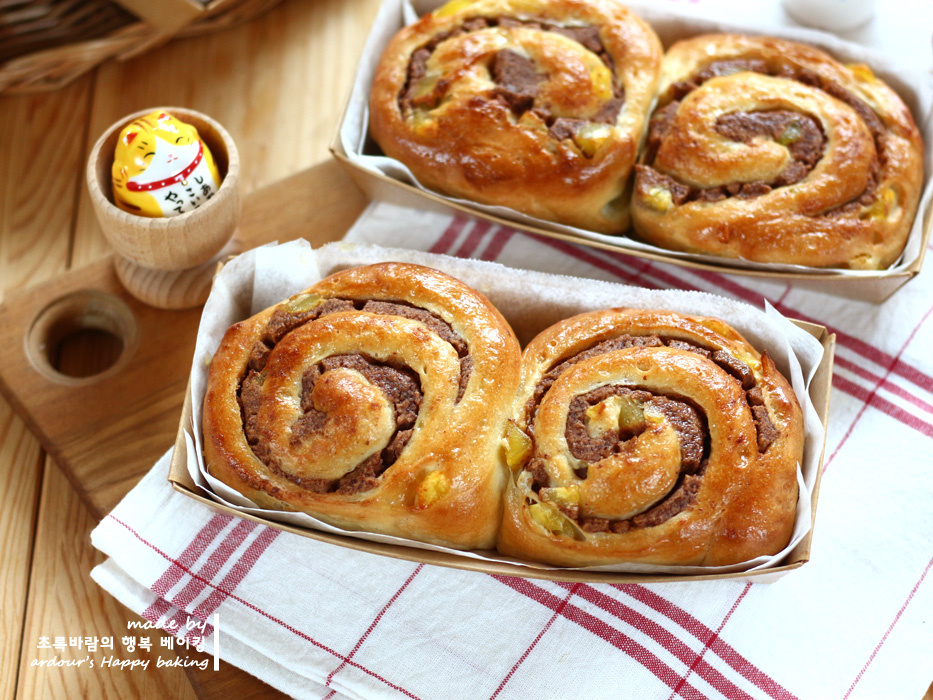
Fluffy chestnut roll. Chestnut roll
Chestnut rolls to exhaust chestnut paste and canned chestnut! I made chestnut bread. I put canned chestnut in the bread dough and rolled it with creamy chestnut paste. The completed chestnut roll and chestnut bread are soft and sweet, so the scent of chestnut is very good. It's a chestnut bread that's good to make and store in a small paper case and eat. Soft and sweet! Chestnut roll! Chestnut bread! Let's make it
4 serving
Within 999 minutes
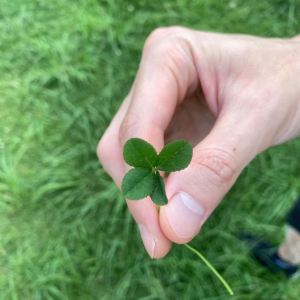
초록바람N
- Ingredients
-
-
Strong flour250g
-
Salt5g
-
Instant Dryist6g
-
skimmed milk powder10g
-
Night25g
-
egg1ea
-
Water100~120g
-
canola oil40g
-
Night120g
-
Night300g
-
Milk20g
-
- Cooking Steps
-
STEP 1/14Drain the canned chestnuts on a sieve, drain them thoroughly with kitchen towels, and roll them slightly over the powder.
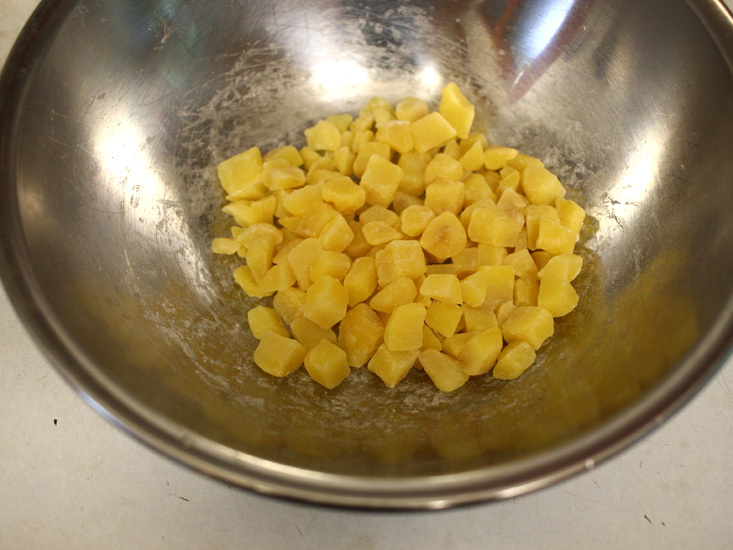 STEP 2/14For room temperature chestnut paste, add milk and mix well. The chestnut paste I have is rather thick, so I mixed it with milk because I thought it wouldn't be easy to apply to the dough. I think you can adjust the concentration so that it's easy to spread out.
STEP 2/14For room temperature chestnut paste, add milk and mix well. The chestnut paste I have is rather thick, so I mixed it with milk because I thought it wouldn't be easy to apply to the dough. I think you can adjust the concentration so that it's easy to spread out.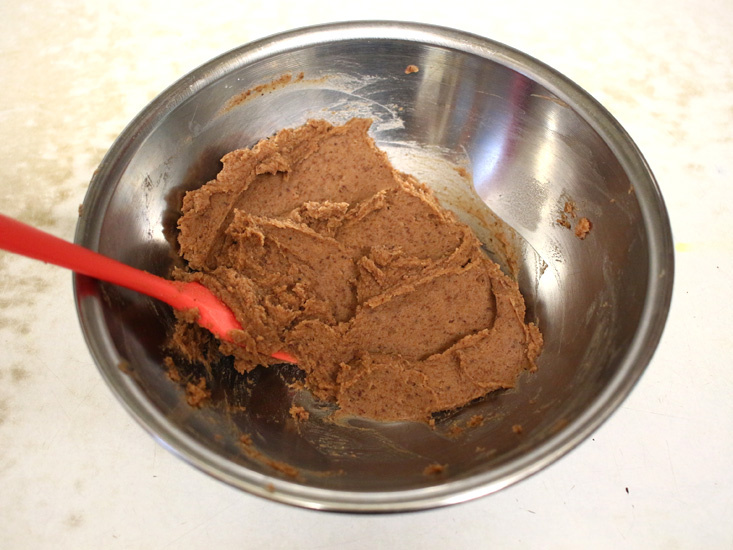 STEP 3/14Add yeast to strong flour, salt, honey and powdered milk, then add eggs, water and canola oil and knead. I made it comfortably in the baking machine. I turned it into a dough course twice. The amount of water in the can vary depending on the dough.
STEP 3/14Add yeast to strong flour, salt, honey and powdered milk, then add eggs, water and canola oil and knead. I made it comfortably in the baking machine. I turned it into a dough course twice. The amount of water in the can vary depending on the dough. STEP 4/14When the dough is finished, add the pretreated canned chestnuts and form into a lump.
STEP 4/14When the dough is finished, add the pretreated canned chestnuts and form into a lump.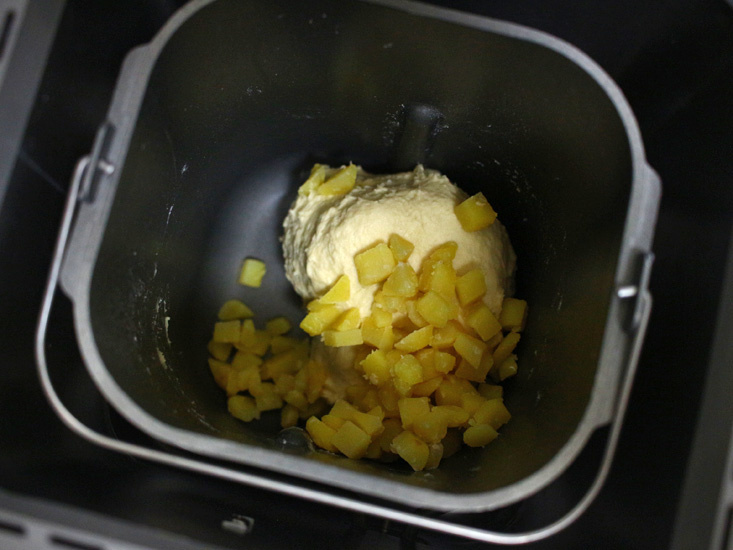 STEP 5/14The finished dough is well rounded and first fermented.
STEP 5/14The finished dough is well rounded and first fermented.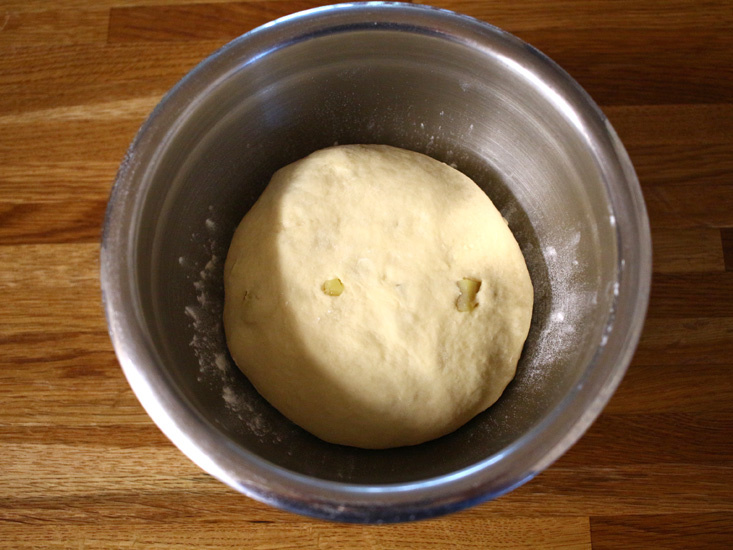 STEP 6/14In a warm place, you can inflate it 2.5 times. It took me about 45 minutes at 30 to 33 degrees.
STEP 6/14In a warm place, you can inflate it 2.5 times. It took me about 45 minutes at 30 to 33 degrees.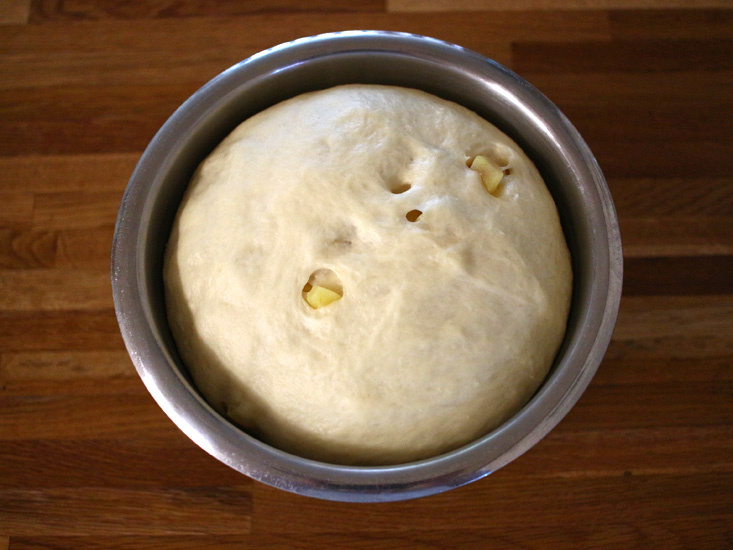 STEP 7/14When the first fermentation is complete, remove the gas and turn it into a lump and perform an intermediate fermentation at room temperature. I did it for about 15 minutes at room temperature.
STEP 7/14When the first fermentation is complete, remove the gas and turn it into a lump and perform an intermediate fermentation at room temperature. I did it for about 15 minutes at room temperature.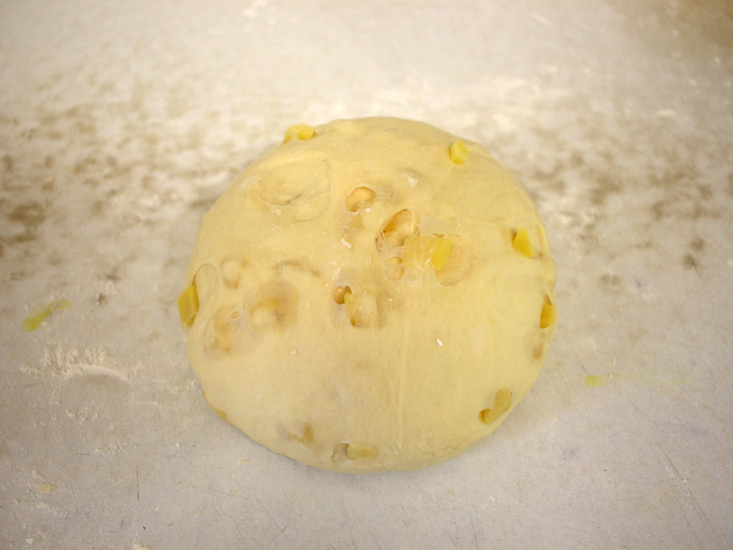 STEP 8/14When the intermediate fermentation is complete, push with a rolling pin into a square about 28cm long.
STEP 8/14When the intermediate fermentation is complete, push with a rolling pin into a square about 28cm long.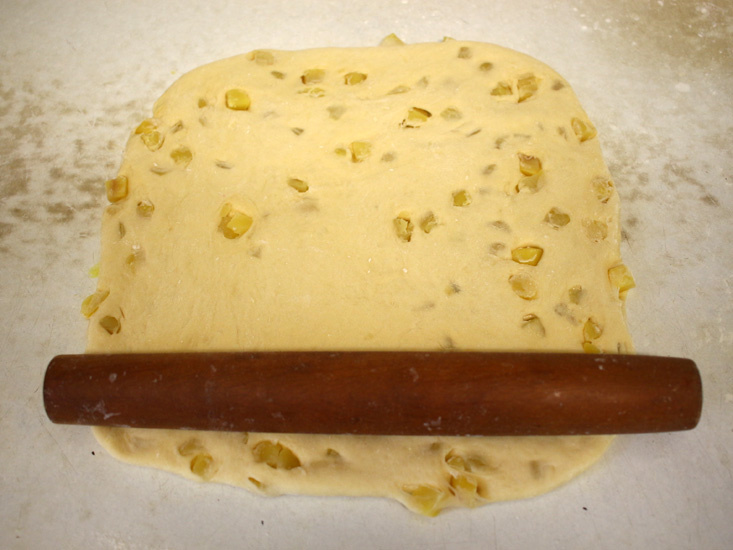 STEP 9/14Leave the prepared chestnut paste on the edges and spread it out
STEP 9/14Leave the prepared chestnut paste on the edges and spread it out STEP 10/14Roll slowly from the bottom to form a cylinder. Shape into a cylindrical shape and roll back and forth gently to make uniform thickness.
STEP 10/14Roll slowly from the bottom to form a cylinder. Shape into a cylindrical shape and roll back and forth gently to make uniform thickness.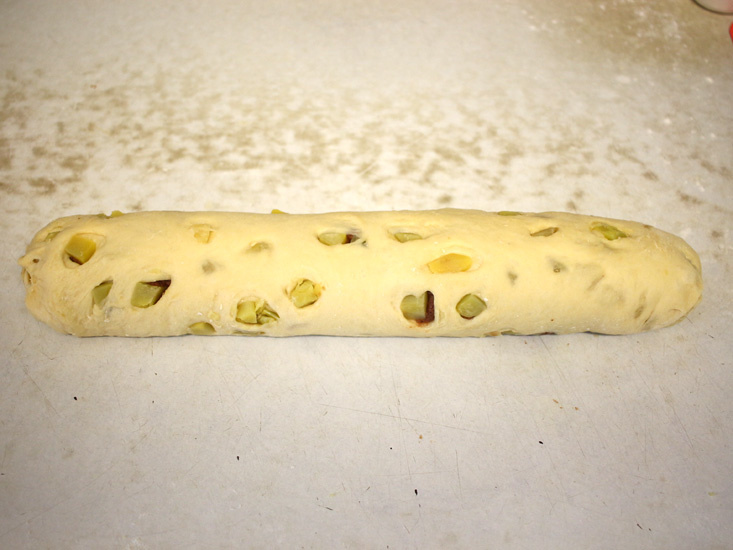 STEP 11/14Then, divide it into 8 pieces
STEP 11/14Then, divide it into 8 pieces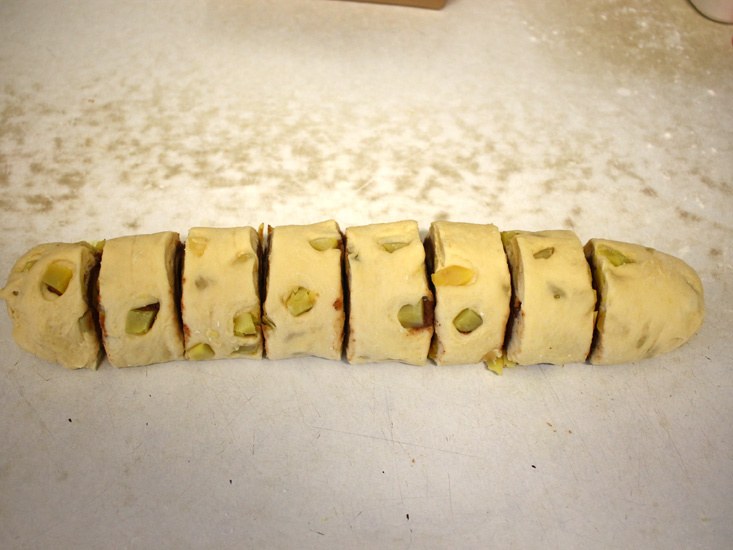 STEP 12/14After panning in a parchment pan,
STEP 12/14After panning in a parchment pan,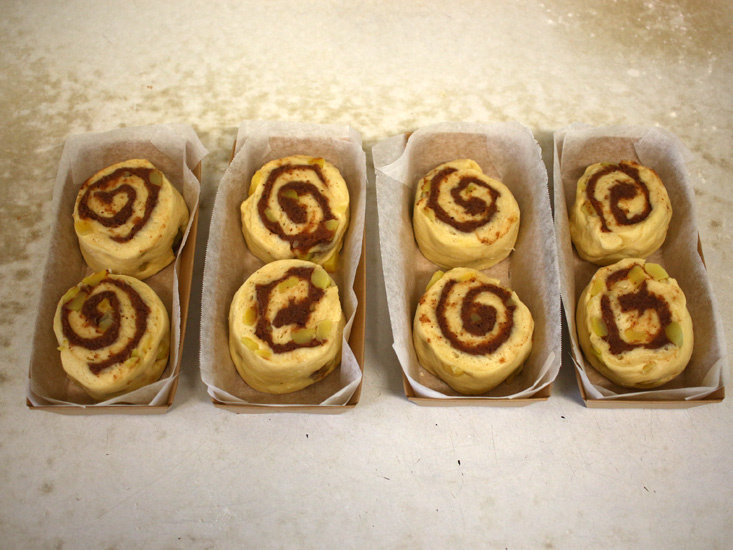 STEP 13/14Do the second fermentation so that it swells by 1.5 times. It took 35 to 40 minutes at 30 to 32 degrees.
STEP 13/14Do the second fermentation so that it swells by 1.5 times. It took 35 to 40 minutes at 30 to 32 degrees.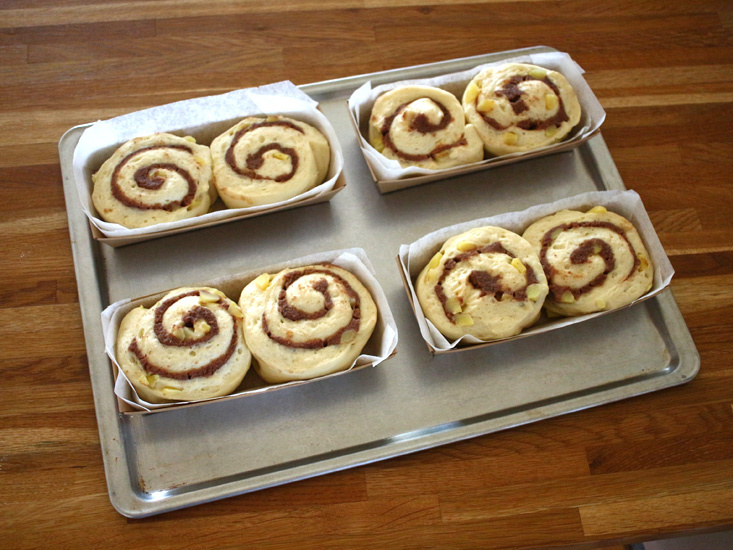 STEP 14/14Bake in a preheated oven at 170 degrees for about 20-25 minutes. It's done when you cool it down on the net!
STEP 14/14Bake in a preheated oven at 170 degrees for about 20-25 minutes. It's done when you cool it down on the net!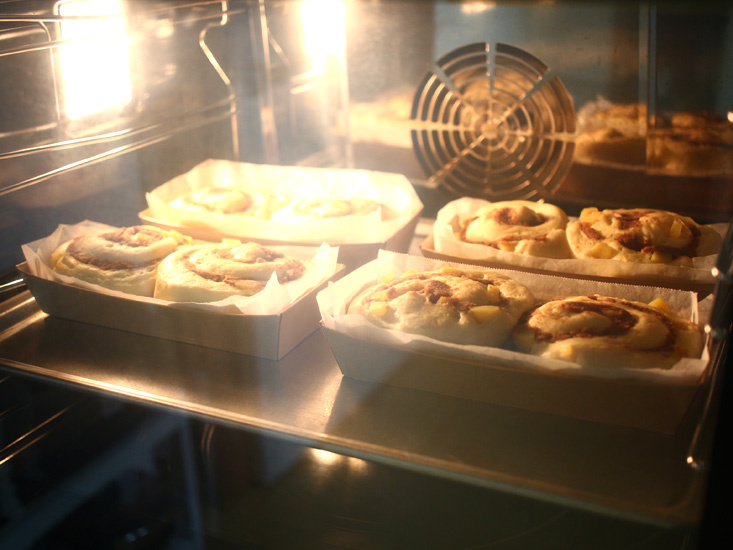
- Bulgogi Recommended recipe
-
-
1
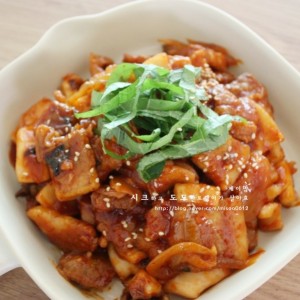 If you stir-fry it on high heat, it will taste good4.97(417)
If you stir-fry it on high heat, it will taste good4.97(417) -
2
 Making bulgogi. The charm of sweet and salty5.00(47)
Making bulgogi. The charm of sweet and salty5.00(47) -
3
 How to make beef bulgogi with your own soup, Jongwon Baek bulgog4.86(21)
How to make beef bulgogi with your own soup, Jongwon Baek bulgog4.86(21) -
4
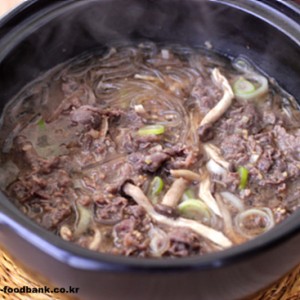 Making Bulgogi with Ttukbaegi4.98(46)
Making Bulgogi with Ttukbaegi4.98(46)
-
- Kimchi Recommended recipe
-
-
1
 Golden recipe for bossam radish kimchi and how to boil boiled po4.94(48)
Golden recipe for bossam radish kimchi and how to boil boiled po4.94(48) -
2
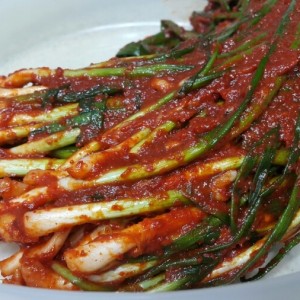 Making homemade Jongwon Baek and green onion kimchi4.84(83)
Making homemade Jongwon Baek and green onion kimchi4.84(83) -
3
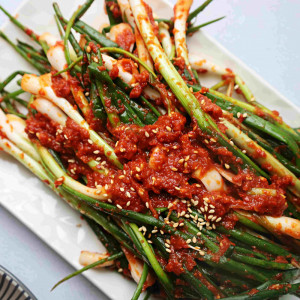 Make sure to make Lee Youngjapa Kimchi during "Omniscient Interf5.00(43)
Make sure to make Lee Youngjapa Kimchi during "Omniscient Interf5.00(43) -
4
 Rice thief popular side dish perilla leaf kimchi golden recipe4.97(122)
Rice thief popular side dish perilla leaf kimchi golden recipe4.97(122)
-